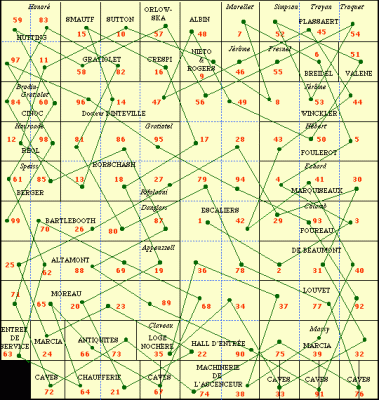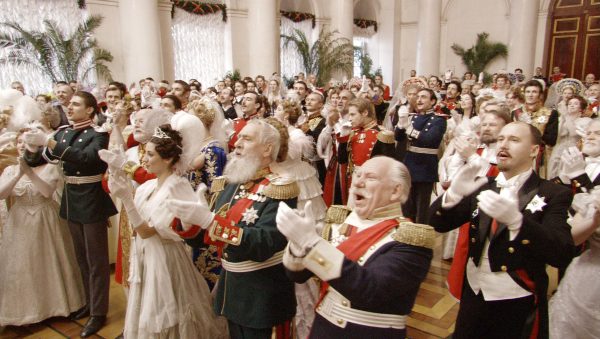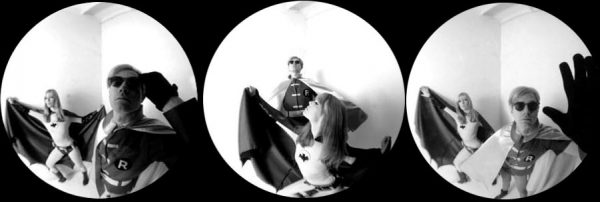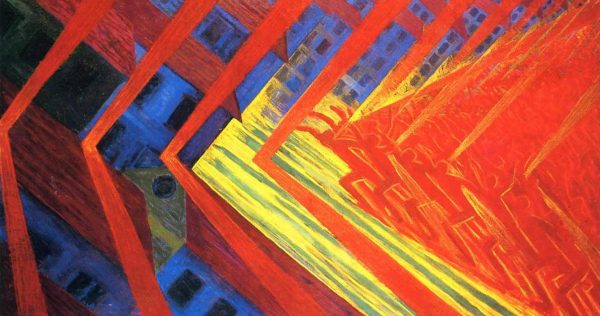Scott Esposito is the co-author of The End of Oulipo? (with Lauren Elkin; Zero Books, 2013). His writing has appeared recently in Music & Literature, Drunken Boat, and The Point. His criticism appears frequently in the Times Literary Supplement, the San Francisco Chronicle, and The Washington Post.
READ NEXT









